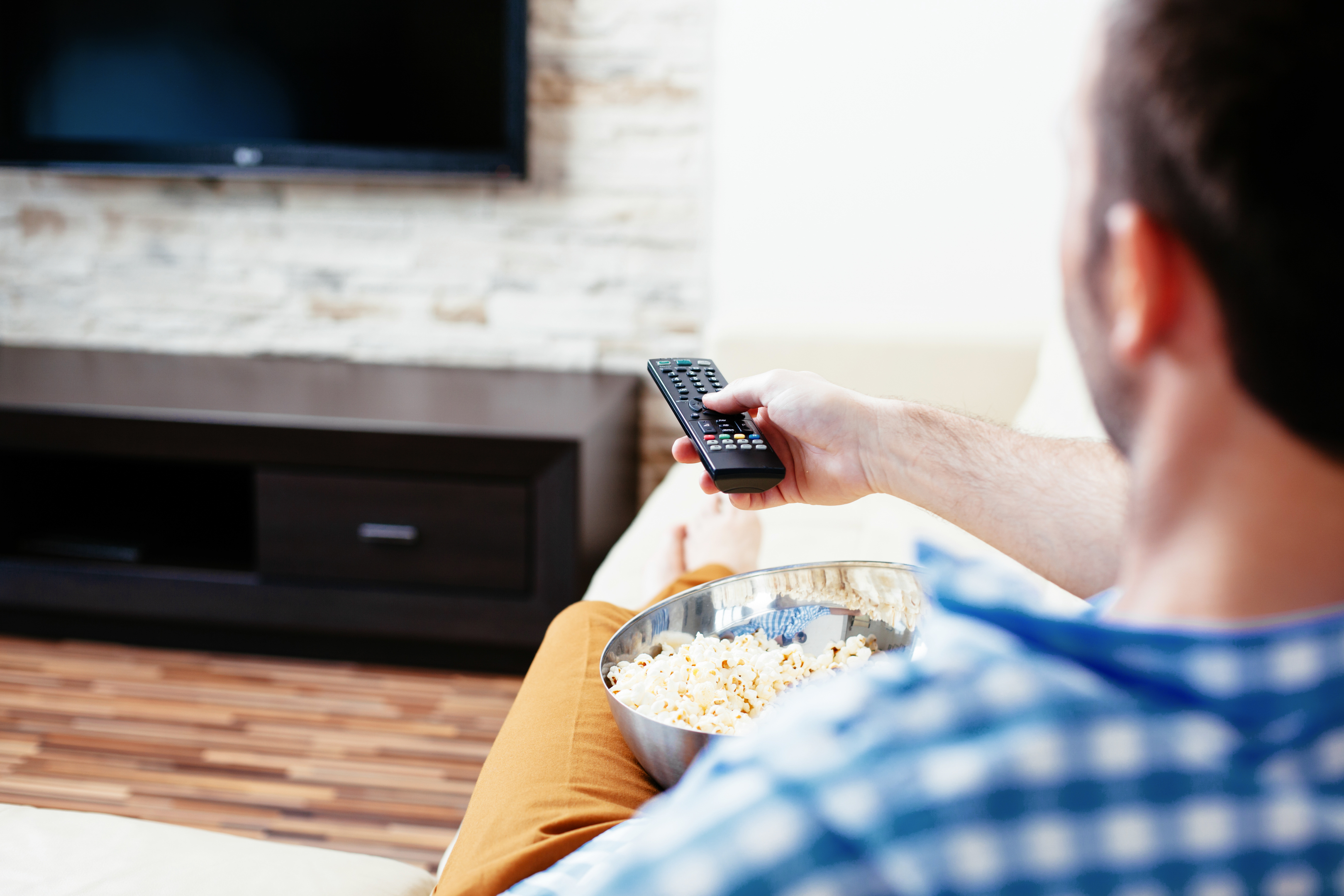
FOUR in five UK adults are binge-watching television series, with viewing becoming an “increasingly solo activity”, an investigation into consumer habits has found.
Broadcasting regulator Ofcom said the era of catch-up technology such as BBC iPlayer, and subscription services including Netflix, meant 79% of viewers watch multiple episodes of their favourite pre-recorded shows – despite one-third (32%) of adults saying it resulted in them missing sleep.
One in four (25%) binge-watchers said their habit was driven by the culture of “spoiler alerts”, where widespread access to social media platforms means plots can inadvertently be revealed in group messaging services such as WhatsApp, while 16% said they felt under pressure to keep up with the viewing habits of family members and friends.
Lindsey Fussell, Ofcom consumer group director, said: “The vast majority of people said they found binge-watching relaxing, enjoyable and that they were glad to do it.
“But young people, interestingly, said it gave them something to talk about with their friends.
“What they’re really worried about is that somebody’s going to tell them what’s happened in their favourite series before they get a chance to watch the next episode.
“Even at the extreme, 16% of them are feeling under pressure to keep up on a series.
“I can certainly remember some years ago people who were trying to avoid finding out a football result before they got home and watched it.
“Actually what we’re now seeing is people doing the same on some of these really popular series, so they’re trying to avoid internet alerts, trying to prevent their friends telling them what’s happening in Orange Is The New Black, or whatever they’re into, before they manage to watch it themselves.”
Figures showed weekly binge-watching was most popular among 12 to 15-year-olds (53% of the age group), compared with just 16% of over-65s.
The average time spent watching television every day dipped by four minutes to three hours and 32 minutes, while the percentage of people watching TV at least once a week continued to drop – with 91.3% the lowest figure in at least a decade.
The Communications Market Report 2017, based on responses from nearly 3,000 people, also found almost half (45%) of adults in the UK said they watch programmes and films by themselves every day, while only 30% said they sit together with family members to watch the same programme on the same device every day.
Speaking anecdotally, Ms Fussell said: “Increasingly, watching TV is a solo activity. People see it as a way of me-time, down-time, during the day and at the end of the day.”
She added: “Almost nine in 10 watch TV alone at least once a week, so solitary viewing is certainly increasingly common.”
One-third of those surveyed (31%) said they will gather with members of their family at least once a week to watch different programmes on different screens.
The study also found those aged 12-15 were most likely (66%) to watch on-demand content through YouTube, while 63% of adults said they used BBC iPlayer.
ends

Enjoy the convenience of having The Sunday Post delivered as a digital ePaper straight to your smartphone, tablet or computer.
Subscribe for only £5.49 a month and enjoy all the benefits of the printed paper as a digital replica.
Subscribe